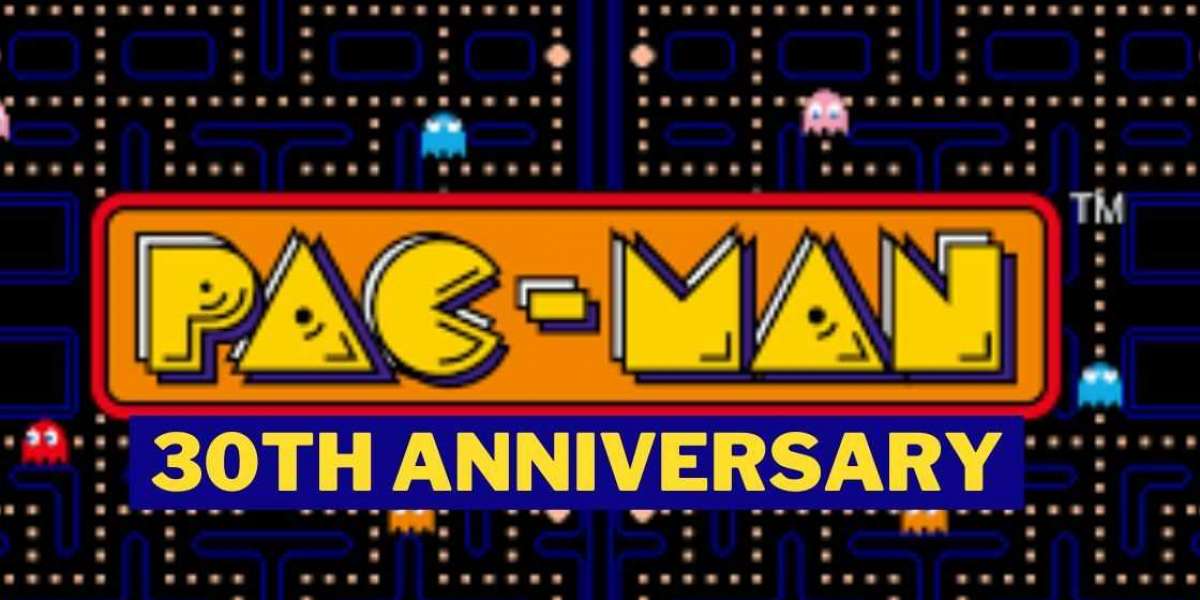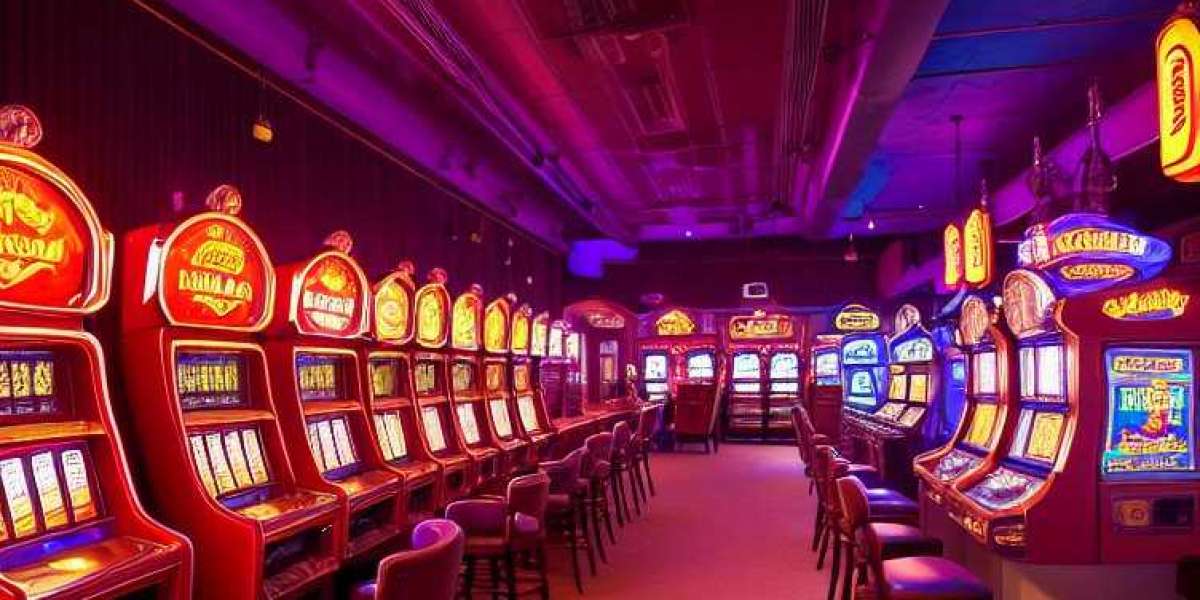The Game, Our Training Ground: Pacman as a Mini-Marketplace
Okay, let's recap the basics. You control Pacman in a maze filled with Pac-Dots (think of these as resources or customers to serve). Your objective is to eat all the Pac-Dots while avoiding the Ghosts (our pesky competitors, or maybe even internal issues like unexpected costs or system failures!). Power Pellets give you a temporary advantage, allowing you to chase and eat the Ghosts (think of these as special offers or upgrades that give you a competitive edge). Finally, fruits appear periodically, offering bonus points (representing opportunities for increased profit or positive feedback).
So, how does this translate to a store management simulation?
- Pac-Dots as Customers: Every Pac-Dot you collect represents a satisfied customer. Your goal is to “serve” as many as possible before the Ghosts (problems) catch up to you.
- Ghosts as Challenges: The Ghosts are our obstacles. They could represent anything from supply chain issues, fluctuating prices, unexpected competition, or even internal operational errors.
- Power Pellets as Boosts: Power Pellets are those timely solutions that give you a leg up. Think of marketing campaigns, special promotions, employee training, or upgrades to your store's infrastructure.
- Fruits as Profit Margin Enhancers: The bonus fruits appearing periodically represent those unexpected opportunities for profit, like a trending product you can capitalize on, or a favorable change in market conditions.
- The Maze as Your Business Landscape: The layout of the maze represents the market you're operating in. It has its own inherent challenges and opportunities, requiring careful navigation and strategic planning.
Gameplay Strategies: From Dot-Munching to Management Mindset
Now that we have our analogy in place, let's look at how the way we play can reflect different management styles and strategic approaches:
- The Conservative Manager (The Pacifist Pacman): This player focuses on carefully clearing paths, avoiding Ghosts whenever possible. They prioritize minimizing risk and ensuring consistent, albeit slow, progress. In a real store management context, this might mean prioritizing cost control, established product lines, and minimal investment in new ventures.
- The Aggressive Innovator (The Power-Pellet Dependent Pacman): This player relies heavily on Power Pellets to clear large swathes of dots and chase down Ghosts. They're willing to take risks and invest in short-term gains, hoping that the Power Pellets (promotions, sales) will keep them ahead. This style can be effective, but it's highly volatile and prone to failure if the Power Pellets run out.
- The Balanced Strategist (The Efficient Pacman): This player skillfully maneuvers through the maze, anticipating Ghost movements, and strategically using Power Pellets to maximize efficiency. They prioritize long-term sustainability, balancing risk and reward. In our store management scenario, this is the ideal approach, aiming for stable growth through continuous improvement and strategic resource allocation.
A good Pacman player, and a good manager, needs to be adaptable and able to switch between these strategies as the situation demands.
Tips and Tricks: Leveling Up Your Management Skills
Beyond the basic gameplay, there are some specific Pacman strategies that directly translate to valuable management lessons:
- Pattern Recognition: Learning the Ghosts' movement patterns is crucial. In store management, this translates to understanding market trends, customer behavior, and competitor strategies. Analyze your data, identify recurring patterns, and predict future developments to stay ahead of the game.
- Resource Management: Don't waste Power Pellets! Use them strategically when they provide the most benefit. Similarly, in your business, prioritize your investments. Identify areas where a small input can generate a significant return.
- Risk Assessment: Every time you chase a Ghost, you're taking a risk. Evaluate the potential reward versus the potential consequences. Is it worth the risk of getting caught to clear that corner of the maze? In store management, this means carefully assessing the potential risks and rewards of any decision, from introducing a new product to expanding your store.
- Opportunity Exploitation: Be ready to take advantage of unexpected opportunities (those bonus fruits!). Stay alert for emerging trends or competitor weaknesses that you can exploit for your benefit.
- Continuous Improvement: Don't get complacent! Constantly analyze your performance, identify areas for improvement, and adapt your strategy accordingly.
Conclusion: From Arcade Hero to Management Maestro
While playing Pacman 30th Anniversary might not directly qualify you for a CEO position, it's a surprisingly engaging way to subtly hone some fundamental management skills. By thinking critically about the game's mechanics and applying them to real-world scenarios, you can learn valuable lessons about resource management, strategic planning, and risk assessment – all while having fun chomping those Pac-Dots! So, the next time you're playing, remember: you're not just controlling Pacman; you're managing a tiny, albeit yellow, business empire. Happy munching and happy managing!








